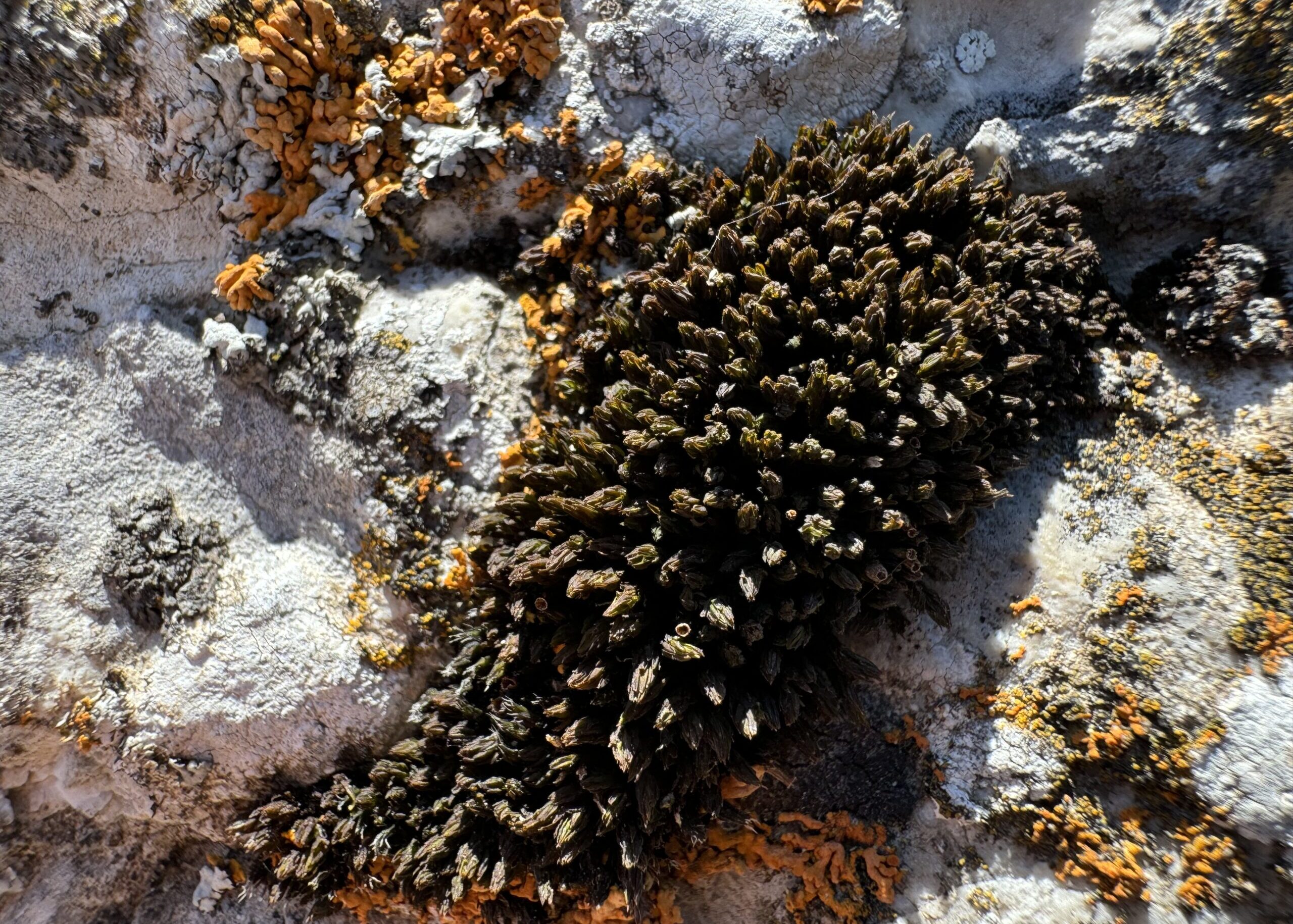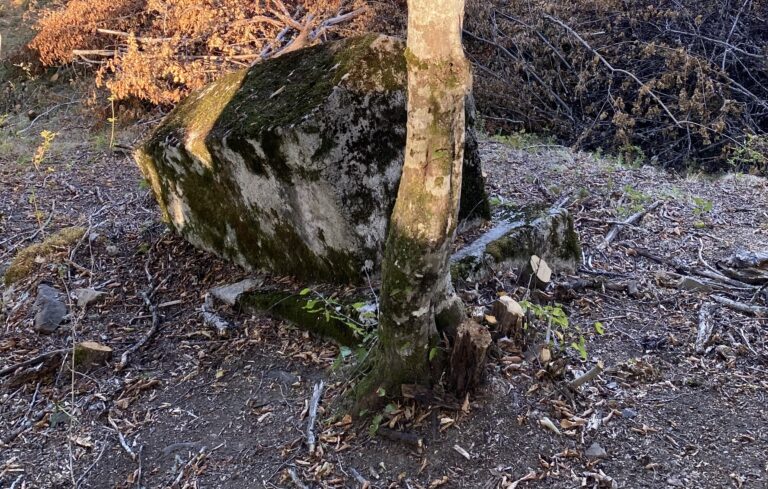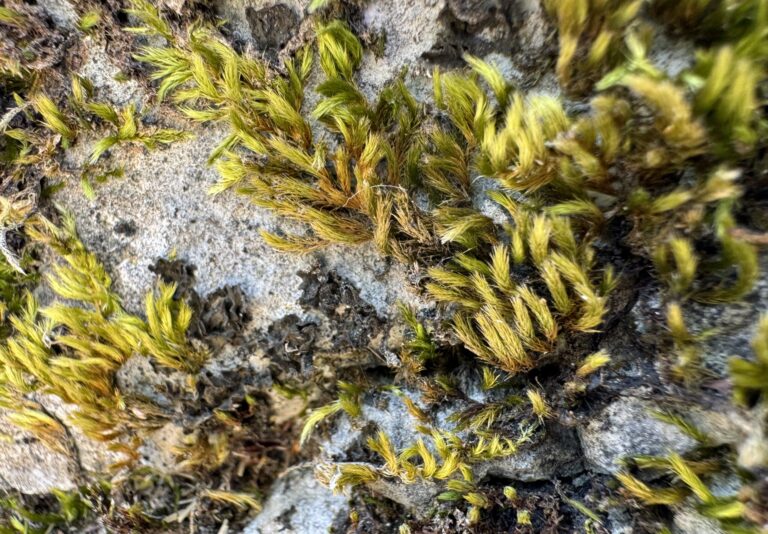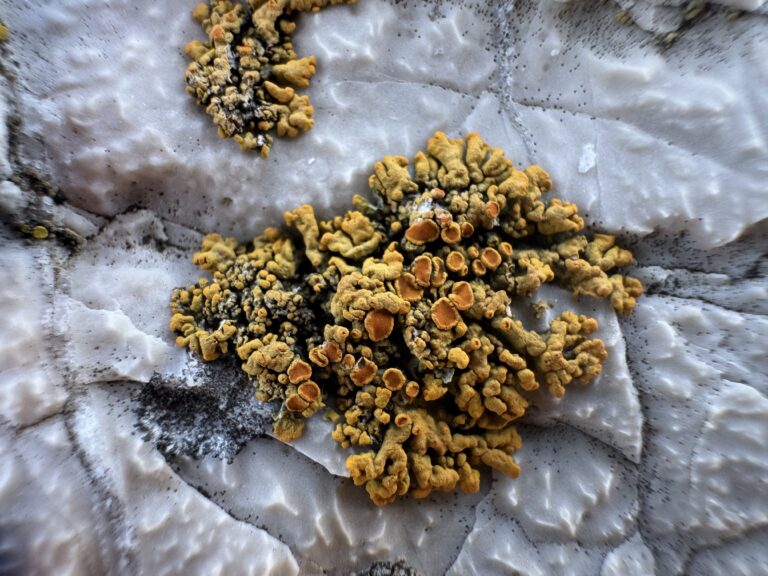Team and Methodology
The biodeteriogens assessment was carried out by a team of biologists and plant ecologists from the University of Sarajevo (UNSA) and the University of Novi Sad Faculty of Sciences (UNSPMF). The team was coordinated by Prof. dr Nusret Drešković and included Prof. dr Snežana Radulović, Prof. dr Samir Đug, Prof. dr Goran Anačkov, Prof. dr Adi Vesnić, as well as assistants Lejla Vesnić and Maja Novković. They implemented the bioassessment in rigorous compliance with the procedures defined in the newly developed STECCI Biodeteriogens Assessment Field Survey Protocol, together with the previously developed STECCI Biodeteriogens Assessment Lab protocol. This comprised laboratory-based microbiological, molecular, and morphological identification procedures undertaken in mutually affiliated biological laboratories and herbariums. A separate sampling strategy was employed, collecting two samples from every species. This dual-sample strategy was designed to allocate one specimen to morphological and the other for molecular and microbiological identification.
According to the BA Field Protocol (https://stecci.emdesk.com/#!/documents/all/WP3), each species was assessed using an adapted Braun-Blanquet scale for species coverage and spatial arrangement. Further biodiversity impact-relevant data were also evaluated, such as the monument’s space orientation, soil type code, slope, elevation, Land Use according to CORINE codes, Habitat Type as per EUNIS code, monument shape and dimensions, and Köppen’s climate code. Additionally, the STECCI vegetation database coding system was developed. Documentation of the process was set up using 3D Lidar depth camera technology, providing highly precise visual records and directly georeferenced in QGIS.
Site Specifics
The necropolis Ravanjska Vrata is a fascinating medieval necropolis located in the municipality of Kupres, Bosnia and Herzegovina. This site is part of the larger collection of stećci (medieval tombstones) that have been recognized as a UNESCO World Heritage site since 2016. The necropolis is divided into two parts: the Donja necropolis and the Gornja necropolis. The site is located at the Ravanjska vrata passage, a narrow corridor between the hills of Gradac and Gradina, connecting the fields of Vukovsko polje and Ravanjsko polje.
The area polje is characterized by a humid continental climate, or a Dfb climate type according to the Köppen climate classification system. Due to strong mountain winds, the cold is intense, and snow blizzards are frequent. The intensifying impacts of climate change, especially extreme rainfalls, floods, and landslides pose a grave threat to our stone heritage structures including stećak tombstones. These climatic changes can drastically deteriorate these sacral limestone monuments, causing them to lose their original integrity or to disappear completely. Given the nature of their composition, these limestone structures are particularly vulnerable to the adverse physical and chemical reactions invoked by intense rainfalls, particularly at the sloping terrain (Ravanjska vrata), such as the sliding/shifting or movement of the monument from its base (references in the first two photos in the gallery, as well as the video). The stećci site at Ravanjska vrata is indeed situated in open grasslands and meadows, which are rich in herbaceous plants and wildflowers. These areas provide crucial habitats for various species, including insects, small mammals, and birds. The open space allows for a diverse range of fungi and plant life, which in turn supports a vibrant ecosystem.
This site is one of the most remote stećci locations, blissfully untouched by human hands. As an illustration, the BA STECCI Team had a close encounter with a common buzzard (Buteo buteo). The buzzard, clearly not a big fan of modern technology, mistook our small drone for a potential threat and almost attacked it. In a display of avian teamwork, it called in reinforcements, and soon we had two buzzard couples circling above us, clearly intent on protecting their nesting area from the mechanical and non-mechanical intruders. It seems even in the middle of nowhere you can’t escape the watchful eyes of nature’s magnificent security system.
Life finds a way. Nature indeed has a remarkable way of thriving in the most unexpected places. Just as a buzzard fiercely defends its nest from a drone or a wildflower finds a way to grow directly from a remote stećci stone, so too do microorganisms and other biodeteriogens find ways to colonize and deteriorate stone monuments.
The ongoing battle against biodeteriogens in stone monument conservation mirrors nature’s relentless drive to adapt and survive. It highlights the resilience of both nature’s efforts to adapt and survive and human efforts to preserve our cultural heritage.



















